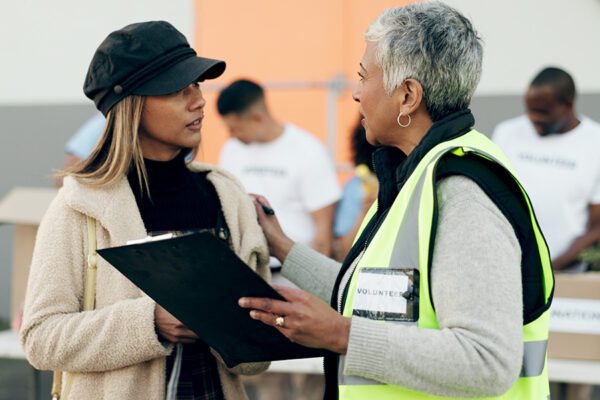Much has been written about the importance and effectiveness of a strong culture of safety, but how do you know if your organization actually has a culture of safety? Most executives and business owners believe their organization has a culture of safety, but that’s based on their observations and opinions.
It isn’t sufficient just to ask executives or business owners their opinion of their safety culture. You also have to ask front line workers, supervisors, and others in the organization. The saying “perception is reality” applies to safety culture, and the reality is an organization’s safety culture is shaped by the perceptions of everyone within the organization.
What can you do?
Anonymous safety perception surveys are a tool used to measure an organization’s culture of safety. Questions ask employees their opinion about various aspects of the safety program, and some of these questions are very pointed. We prefer agree/disagree responses instead of strongly agree, agree, neutral, etc., as it makes the employee commit to a true answer.
Properly designed, the survey can collect other relevant data, such as years with the company, position, and department, without jeopardizing the respondent’s anonymity. Newly hired employees generally have different perceptions than long-time employees. As noted earlier, executives have different perceptions than front line workers.
These surveys identify the “gaps” in perception and provide insight into areas for potential improvement. When administering a safety perception survey, you should report results back to employees to prevent cynicism and skepticism and specifically identify what the organization plans to do to address areas of concern.
Material posted on this website is for informational purposes only and does not constitute a legal opinion or medical advice. Contact your legal representative or medical professional for information specific to your legal or medical needs.




